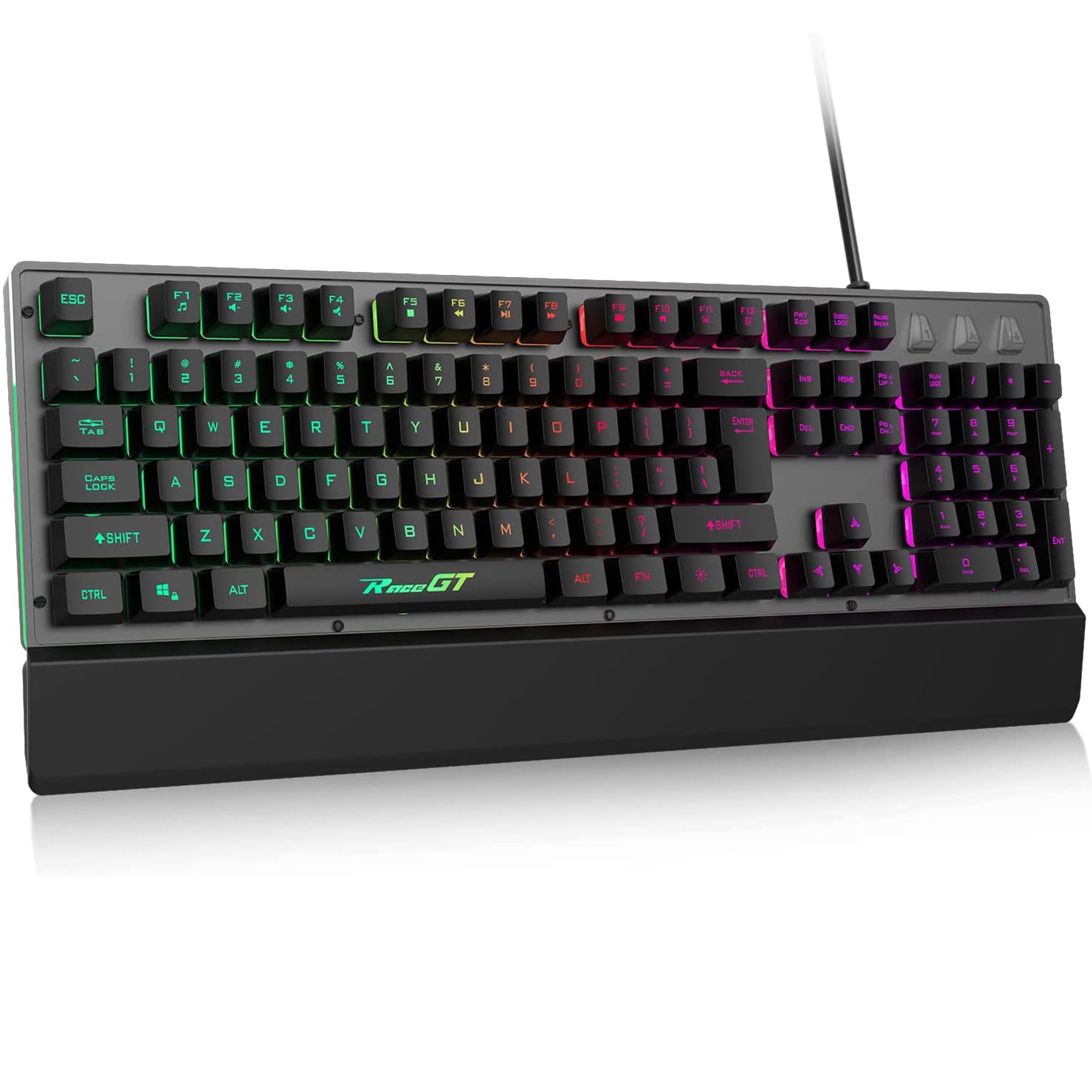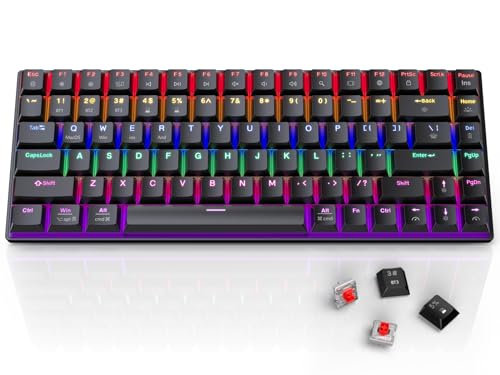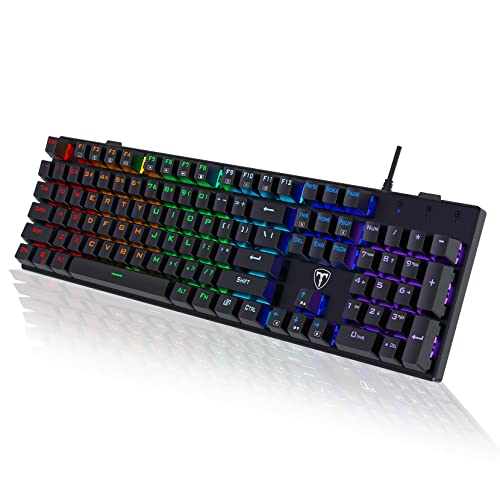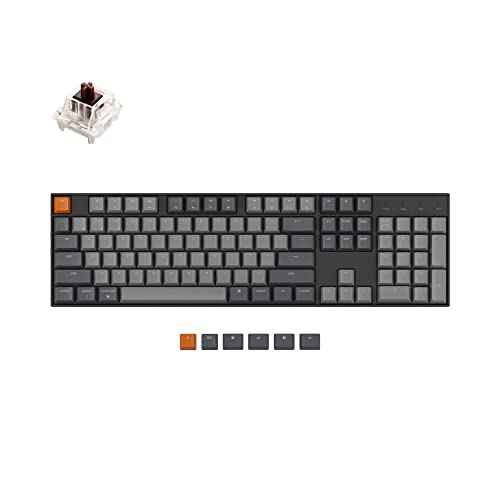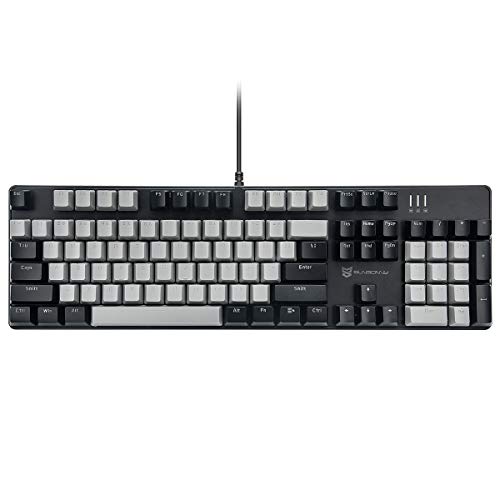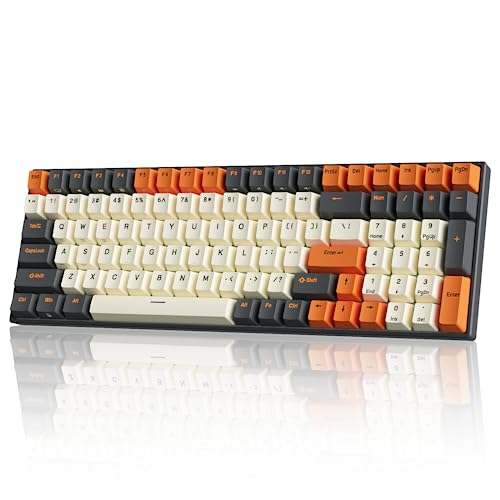Mechanical keyboard switches generally fall into three main categories: linear, tactile, and clicky. Linear switches give a smooth and quiet ride. They’re great for fast typing and gaming because there’s no bump or click to interrupt your flow. If you like a fast, uninterrupted experience, linear switches are your best bet.
Tactile switches have a noticeable bump when you press down on them. This bump lets you know that the key registered without needing to bottom out. It’s a good choice for typists who want feedback while they type but don’t want loud clicks. Tactile switches strike a nice balance between quiet operation and affirming key presses.
Clicky switches are all about that satisfying sound. With a noticeable click when you press a key, they offer both tactile feedback and an audible response. If you love the classic typewriter vibe or just enjoy the sound of your keys, these switches are for you. Just keep in mind they can be a bit noisy, so they might not be the best for quiet environments.
How to Choose the Right Switch
Choosing the right switch for your mechanical keyboard can feel a bit overwhelming, but it doesn't have to be! Mechanical keyboard switches come in a few different types, and knowing what each type feels like can help you find your perfect match. Let’s break it down, so you know exactly what to look for.
First up, think about how you want your keyboard to feel and sound. There are three main types of switches: tactile, linear, and clicky. Tactile switches give you a noticeable bump when you press down, so you know you've activated the key without needing to bottom out. Linear switches are smooth all the way down, which is often preferred for gaming. Lastly, clicky switches produce a distinctive sound when pressed, making them great for typing but a bit noisy for quiet spaces.
Next, consider the actuation force. That’s just a fancy way to talk about how hard you need to press the key. Some people like lighter switches that require less effort, while others prefer higher resistance for a more robust feel. A good way to figure out what you like is to try out different switches at a store or borrow a friend’s keyboard.
Don’t forget to think about your own usage. If you primarily game, a fast actuation and a smooth feel can make a big difference. If typing is your main focus, that tactile feedback might help you feel more accurate. You want mechanical keyboard switches that match your style, so don’t be afraid to test a few out before making your decision.
Remember, this isn’t a decision you have to rush. Spend some time figuring out what feels best for you. The right switches can completely change your experience with mechanical keyboards, and it's all about finding what makes you happy. Mechanical keyboard switches explained simply can lead you to your perfect fit!
RaceGT Wired Mechanical Gaming Keyboard with Wrist Rest
Experience fast and responsive gameplay with a comfortable wrist support for those long gaming sessions
Product information
$35.99 $21.99
Product Review Score
4.33 out of 5 stars
94 reviewsProduct links
Switch Feel and Sound Differences
When you’re diving into Mechanical Keyboard Switches Explained, one of the first things you’ll notice is how different the switches can feel and sound. It’s not just about typing; it’s about the entire experience. You’ve got a few main types of switches to consider: tactile, linear, and clicky. Each offers its own vibe, so let’s break it down.
Tactile switches are popular for a reason. They give you that satisfying bump when you hit the actuation point, so you'll know you're typing confidently without bottoming out on every key press. They’re great for typing if you want some feedback without being too noisy. Think of them as the perfect middle ground.
On the other hand, linear switches are all about smooth sailing. They don’t have that tactile bump, which means no interruptions during your typing. This type is super quiet, making them a favorite for late-night typing sessions or if you share your space with others. You get a smooth feel from top to bottom, which is ideal for gaming since there are no distractions.
Now, if you like a little more noise and clarity in your clicks, then clicky switches might be right up your alley. They give you that audible click that lets everyone know you’re typing away. While they can be a bit louder, many people love that sound as it adds a bit of excitement to typing. If you enjoy that old-school vibe, clicky switches will make you feel right at home.
SABLUTE Low Profile Wireless Gaming Keyboard 75% Layout
Experience sleek design and fast performance with the SABLUTE Low Profile Wireless Gaming Keyboard that fits perfectly in any setup
Product information
$49.99 $34.99
Product Review Score
4.47 out of 5 stars
128 reviewsProduct links
Tips for Testing Keyboard Switches
Testing keyboard switches can feel a bit overwhelming if you're not used to it, but it doesn’t have to be. Mechanical keyboard switches come in various types, each providing a different feel and sound. So, how do you figure out which one’s right for you? Here are some easy tips for testing them out.
First off, consider grabbing a switch tester. These handy little tools come with multiple switches you can try out without committing to a whole keyboard. You’ll get to feel the differences in actuation force, key travel, and sound. It’s the best way to see what you like without worrying about buyer's remorse.
When you’re testing, pay attention to the sound. Some switches are clicky, while others are silent. If you’re working in a shared space, quieter switches might be your best friend. On the flip side, if you want that satisfying click, go for something like the Cherry MX Blue. The right sound can make typing a lot more enjoyable.
Also, try typing some sample text or playing a game while you test. This gives you a feel for how each switch responds to real-life use. You might love how a switch feels at first, but after a few minutes of typing, it might not be as comfortable. Your fingers will tell you what they like!
Finally, don't rush the process. Spend time with different switches, and think about how they feel over a few days. Sometimes, your fingers need a little time to adjust. Understand that finding the perfect switches for your setup is part of the fun. Mechanical keyboard switches explained doesn’t need to be complex; it just needs to feel right for you!
